
Exploring an Indoor Gardening Category
There are too many upward consumer trends to ignore. The political fallout from the past few months will probably leave many of us with our share of skepticism heading into the 2017 gardening season.
However, the overall economic news has been very good. Key indicators like the stock market and housing starts are up significantly.
Sustainability, as an economic indicator, even has corporate America enjoying more returns on their investments. Organic food sales jumped 11 percent in 2014, while overall food sales only grew 3 percent.
Younger people want healthier options for their families, and are investing in sustainability.
The wellbeing trend continues, and was the No. 1 reason given last year for why people chose to buy certain products.
Some farmers markets and restaurants are even having problems keeping up with the demand for local produce.
Greenhouse production of edibles and herbs was up an estimated 40 percent in 2016. This jump has convinced some ornamental growers to now grow more edibles.
Who Is Interested?
Energize your existing customers, and attract new business.
What’s new? What are people asking for? When was the last time you asked your staff and a few loyal customers about what they are curious about?
Research what new indoor gardening products best fit your vision for your store.
Everyone starts out as a non-gardener. Some never become gardeners, but many will continually purchase plants as gifts and for inexpensive home décor. Nicely decorated plants in attractive pots make profitable impulse purchases.
Millennials and many younger consumers prefer edibles and organics. They want plants with big, long-lasting blooms and low prices. This has become big business for many grocery store chains.
You wouldn’t want to give up that additional revenue so easily, would you?
How Do You Start?
 We must understand changes in your customers’ needs and desires.
We must understand changes in your customers’ needs and desires.
Before you spend one dime on new indoor gardening products, ask yourself just what your goals are.
Are you willing to hire a professional indoor gardener that not only has grower experience, but also knows more about which reputable products to use?
You will need someone with the patience to educate customers and answer dozens of redundant questions.
I once had an independent garden center owner ask me about setting up an “Indoor Gardening” business. She showed me an ad for hiring a manager for the department. It was the same ad she used for hiring other seasonal gardeners for her store. I explained that was not what she needed to make her investment pay off.
Committing to such a department is an investment that may not see profit the first year.
An experienced manager will give you the quickest ROI and lead your future product selection.
It is imperative that you designate “Indoor Gardening” as a separate department. Do not just mix these new products into your shelves wherever they fit. It is OK to cross-merchandise some products, but don’t water down this new department.
Some of the top IGCs are showcasing their indoor departments to cater to both the traditional and the more contemporary indoor gardeners.
Why would some of the most successful garden centers make that commitment?
Be careful with initial inventory. You get better deals at the trade shows, but what if what you purchased doesn’t move? Or they’re the wrong size? Now what?
Start small. You already have experience with seed starting, so start there. Invest in some quality indoor seed starting units that only require low lighting. Basic grow lighting is very easy to set up and economical to use.
Resist quick profits, and let your customers dictate how quickly and how much you expand your product selection.
Display an active unit in your store. Keep it fresh and healthy. If I’m looking at technology in a box, I might think it looks too complicated and that gives me a reason not to buy. Plus, if there’s no one to answer my questions, I’m gone.
This is a great way to introduce sustainability to young people. Show herbs, veggies and microgreens growing right there in your store. Kick start your veggies for your outdoor garden. Teach people how to winterize their special patio plants.
Consider a “hobby plant” section. Possibly start a “Hobby Plant Club” with membership discounts. Cross merchandise with miniature gardening, which continues to sell very well.
Not only are indoor plants inexpensive, your customers also will need pots, soil and other related products.
More add-on dollars will show the additional value of this department.
If you’re not already a “destination store,” it’s time to consider this as another fun way to excite customers with products that they can purchase for gifts, occasions, holidays … and home décor.
You may already be sponsoring local urban revival gardens, clubs, schools, etc. Get involved and look to converting vacant lots and abandoned warehouses as new sources of civic pride and helping your fellow man.
Work with your vendors to maximize their marketing support. How much co-op advertising money do you throw away every year? Make your account reps responsible for making sure that you get every dime. It’s their job to make you more successful.

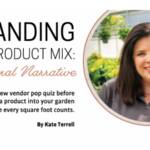


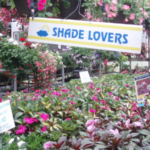

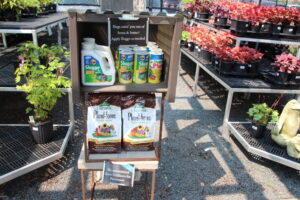
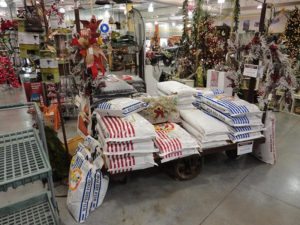
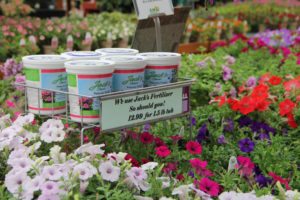
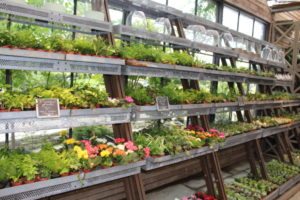
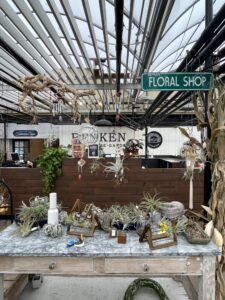
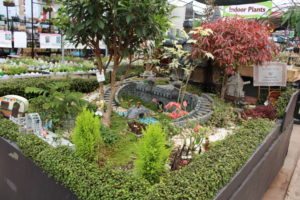
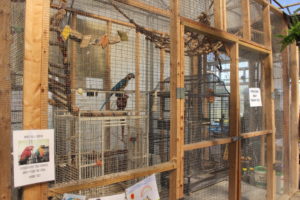
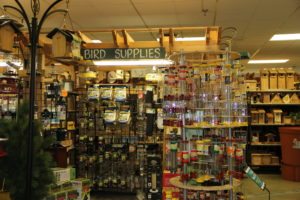

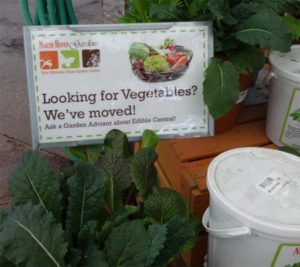
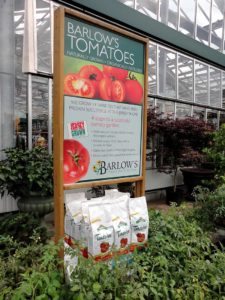
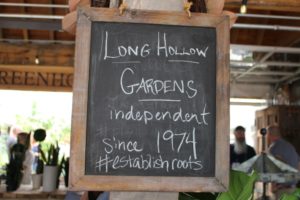
 Videos
Videos





